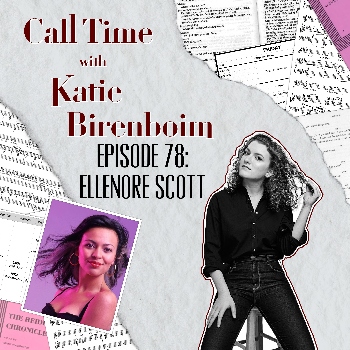
How amazing to return to the podcast, and to Arts Journal, this week after a Sunday in the Park with George-related hiatus, by interviewing someone who is, in my opinion, part of the next generation of great Broadway storytellers, the kind that we will be talking about in twenty-thirty years saying “remember when I saw her first show,” the talented and lovely: Ellenore Scott.
Ellenore was candid with me about her childhood, her adolescence in the concert dance world, her time on So You Think You Can Dance, her transition into musical theatre, and even the period of transition she’s currently experiencing: co-directing a new rock musical, The Lonely Few, alongside Tripp Cullman at MCC this spring. To that end, she describes a childhood that was filled with art: saxophone, karate, and, eventually, dance. She discusses how she came to dance at an age (ten) that some would describe as “late” [for a dancer], but how she feels her background playing saxophone and being “obsessed with jazz” gave her a sense of musicality, and her experience with karate and tae kwon do imbued her with a sense of her body and physicality. She describes her and her family’s decision to move, at only fourteen, from California to New York so she could attend LaGuardia high school and be on fellowship at Alvin Ailey, as well as her decision, then, to skip college and begin auditioning directly for concert dance companies. She describes, in acute detail her painful experience auditioning in the concert dance world that year: how she would get surprisingly far into the audition process and the deciding factor would come down to either her age (“too young”), her experience (“not enough”), or her “body shape.” When I ask her if this was something that was actually communicated to her or merely a very clear subtext, Ellenore tells me that people in these dance companies would say things like “we will consider you if you lose 15 pounds.” I’d like to take a moment to note, here, that almost every single dancer I’ve had on the show over the years — male or female, classical ballerina or otherwise, has some sort of story related to the dance world’s perception of their body and what it should or shouldn’t be like or look like. As Ellenore and I acknowledge on the show, this kind of stigma (and I’d argue workplace harassment) is definitely getting better within the dance community (a great NY Times article written about a core group of NYCB dancers comes to mind), it obviously took its toll on a seventeen-year-old Ellenore. So much so, she tells me, that she was thinking of quitting and going to culinary school. Instead: she saw auditions for a new season of So You Think You Can Dance being advertised on TV.
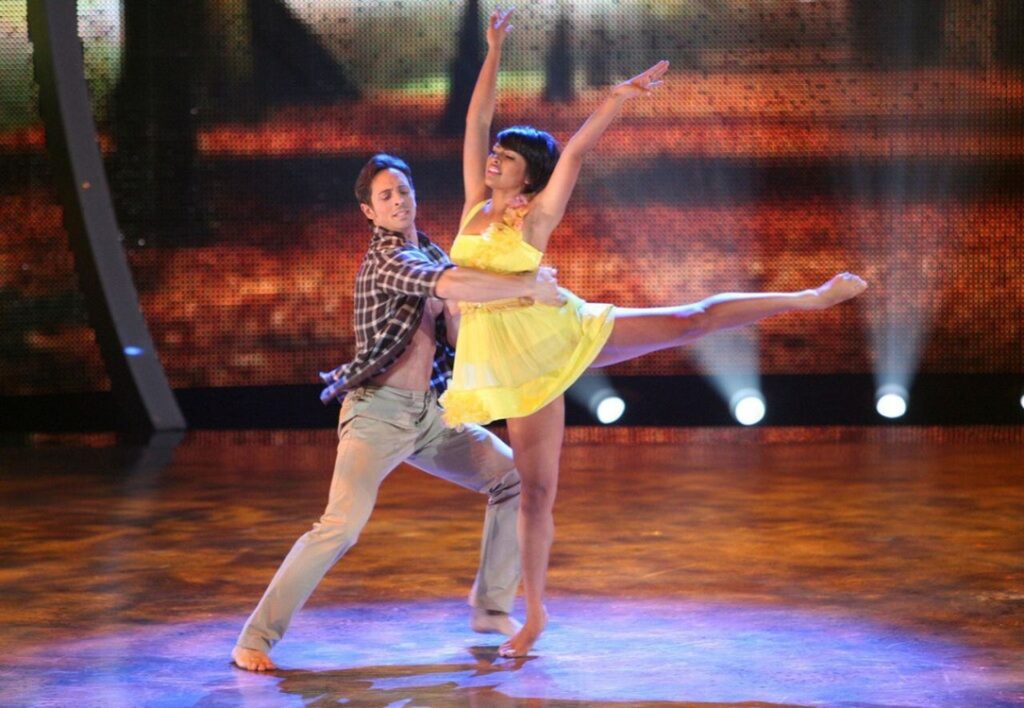
When Ellenore talks about SYTYCD for the podcast, her face literally lights up. “[Dancing on SYTYCD gave me an opportunity to be] myself, and [the audience] liked it,” she tells me. “It really opened my eyes because I realized that I had a personality that people were engaged with and I was able to succeed on the show because I connected with people. And it re focused what dancing was for me. And I think a lot of the time with the company work, it was this, like, ‘How big are you? What is your technique? Your turnout’s not good enough.’ Whereas…when I was performing on television, it was like, ‘How are you interacting with the audience? What are they taking away from it? Is it accessible to them?'”
I can’t think of a better training ground for theatrical storytelling. Ellenore tells me that she’s actually in the minority for Broadway choreographers because she was never a Broadway dancer herself. After doing SYTYCD — where she was known as the “lockarina,” for her classical ballet training as well as her ability to “pop and lock,” a theme to which we’ll return in this article — she did some pre-production work for the TV show Smash (my true fans know that show is sacrosanct for me). “I remember going…’I love this movement,'” Ellenore says. “I know it’s a television show, but it’s about theatre. I love theatre.’ And I think…all the points started connecting…because I was like, I love Broadway. I’m learning how important the performing part of the performing arts is to me, and the connection to the audience, and the storytelling. What if theatre is that for me? What if I’m able to use the technique and the skills that I had from my concert dance background, and couple it with the experiences that I’ve had as…a commercial dancer and doing television…Is theatre the way that I can make a hybrid of those two things and use my unique skills?”
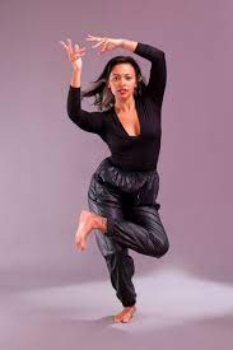
Clearly it was. Since that first round of Smash pre-production, Ellenore has gone on to choreograph for Mr. Saturday Night, Grey House, and Funny Girl on Broadway, for Little Shop of Horrors, Kate Hamill’s Pride and Prejudice, Jeremy O’ Harris’ Black Exhibition, I Can Get It For You Wholesale, and Titanique Off-Broadway, for countless regional productions, and she’s been nominated for a Lucille Lortel award. One thing that makes her stand out in the crowd of theatre choreographers, which anyone can see just based on this list of credits alone, is her ability to cross styles and genres. No one “Ellenore Scott show” is going to look or feel at all the same.
Ellenore can connect that to what she was describing above: her classical training as well as her passion and respect for other styles of dance (hence — the “lockarina”). She talks on the podcast about how her dad did a kind of “robotic movement with his hip hop.” And how — along with his brother (they were a dance duo) — he infused “comedy” into his performances. Similarly, she tells me about how she tries to see “everything” in New York, and truly take advantage of the fact that we live in the performing arts capital of the world. As I say on the podcast, I think it’s easy for some of us in the theatre or on Broadway to get really stuck in our little bubbles…to see the same kinds of shows over and over again, with the same people, choreographed or directed also by the same group. Ellenore tells me that she tries to go see hip hop, flamenco, belly dancing, even her first love modern/concert dance all the time in the city. Inevitably, that understanding of, and respect for, a myriad of different styles of movement, seeps into Ellenore’s artistry and allows her to choreograph shows as different as Funny Girl and Grey House, and to expand the tools available to her in her toolbox.
I think another thing that makes Ellenore unique, that she can connect back to her early life experiences, is that she is truly a director’s choreographer. And I mean that in the sense that: when you see an “Ellenore Scott show,” there will be some amazing movement that makes you go “Wow! How can he or she do that?!” But it’s never about seeing how high a dancer can jump or battement, or what “tricks” they can do; it is always about the narrative and the story. “I’ve seen rooms led by folks who only care about how cool the dancing looks. And I always was like, ‘That doesn’t make sense [with] the story. I agree with the director. Like the director’s telling you that this doesn’t make sense in the story. And I agree with him.'”
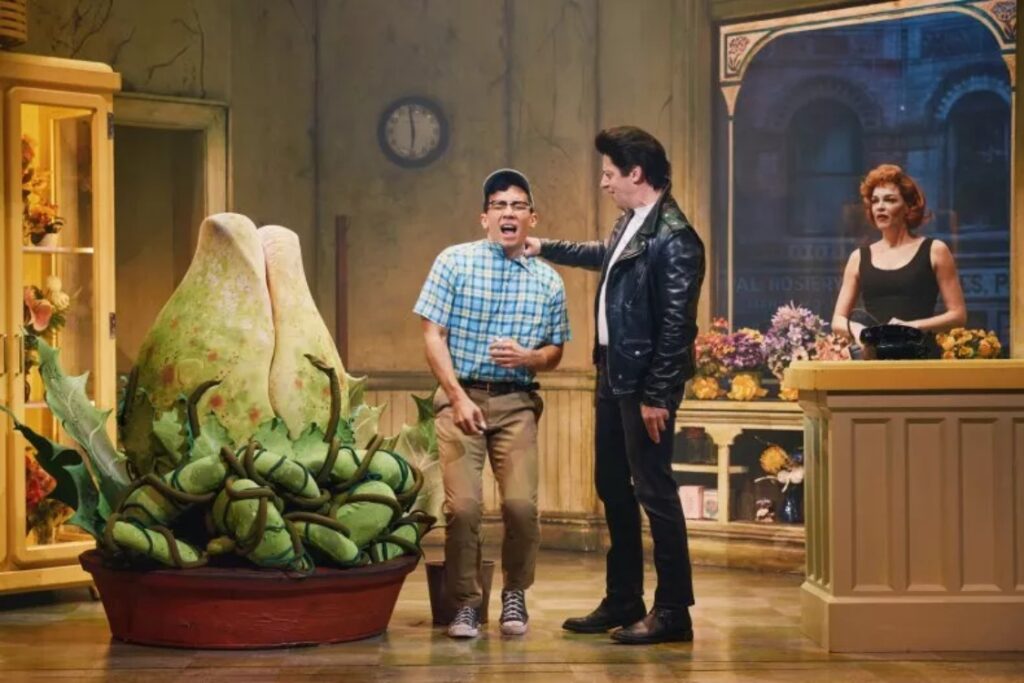
I think it’s part of what makes Ellenore so strong as a choreographer, such a great collaborator, and what’s going to make her transition into directing rather seamless. When I spoke with her a few Mondays ago, just before she was starting the rehearsal process for The Lonely Few, she was, in her own words, “scared shitless.” “I am so nervous,” she continued. “I’m feeling the way I felt when I first choreographed Little Shop [which was her first big, NY choreographic credit] of like, ‘How am I going to do this? How am I figuring out my style? What’s important to me? I feel like I’m redoing all of that with this kind of new title which is so interesting. So I’m literally refinding my confidence in my abilities and ‘I was hired for a reason.’ And that I need to just own that.” But as I tell her on the show: she has had some of the best training in the world. She already has a command of many different styles and genres — beyond theatre; she has always thought about and placed narrative and storytelling at the top of the priority list; she has always considered the audience, and the performer’s relationship to said audience; and, finally, something to which I’ve hinted in this article but haven’t yet spelled out explicitly, she is a dream collaborator and leader.
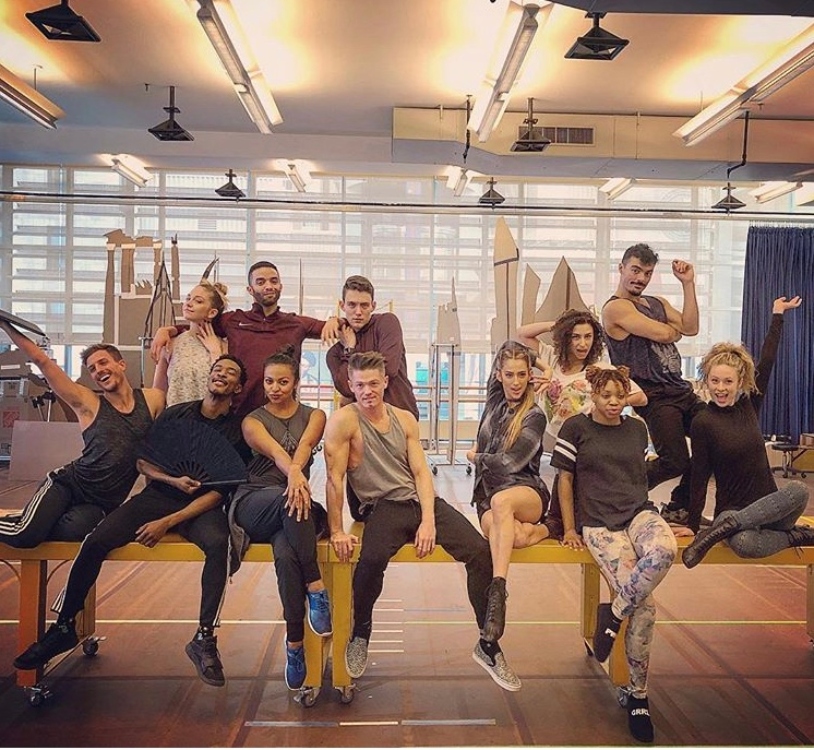
Indeed, Ellenore has taken her (bad) experience when she was first starting out in the concert dance world and transformed it into a style of leadership that is more considerate and generous. In other words, she’s running rooms in the way she wished they had been run when she was first starting out and auditioning. She also points out that “the four Broadway productions that I worked on as an assistant and an associate choreographer were all for white men who were both the choreographer and the director. So either it was a white male director and a white male choreographer or the white male director was also the choreographer,” Ellenore explains on the podcast. “And so it was very interesting to recognize, ‘Oh, I’ve only ever worked under this demographic. That is the only way that I’ve seen leadership in a room.’ So when I became a leader [myself],” she explains, “I was offered Little Shop as my first big show, I was like, ‘I have to make a name for myself and a reputation for myself and a style of my own. In the way I want to do it in the way where I’m like, ‘I don’t want to do this. I do want to do this. I do want to talk to people this way. This is how I want to prep. This is how I want to give notes.'” She notes that it was also “interesting…figuring that out in front of, like, Jonathan Groff and Christian Borle and…like these huge stars and Michael Mayer, right? Huge stars and influencers in the musical theater and Broadway world…being like, ‘Hi, this is my first time doing this and I haven’t seen a lot of people that look like me do it.'”
I’d argue, however, that while the pressure of being “the first” or “one of the few” is immense — and we should be working toward a theatrical landscape where the norm is not “white male” director/choreographer — the experience helped Ellenore to think more deliberately about her leadership style. In fact, I’d argue that many more directors and choreographers (and producers) should be asking themselves the kinds of questions Ellenore asked of herself — How do *I*, given my unique experiences and background, want to be a leader? How would I want to collaborate if I were one of my dancers, actors, crew members, or another person on the creative team? (And I’d wager many of these status quo directors do not take a moment to think about this, because leading a room, and having people look to them for guidance and decision-making, is as assumed and natural as putting on their shoes).
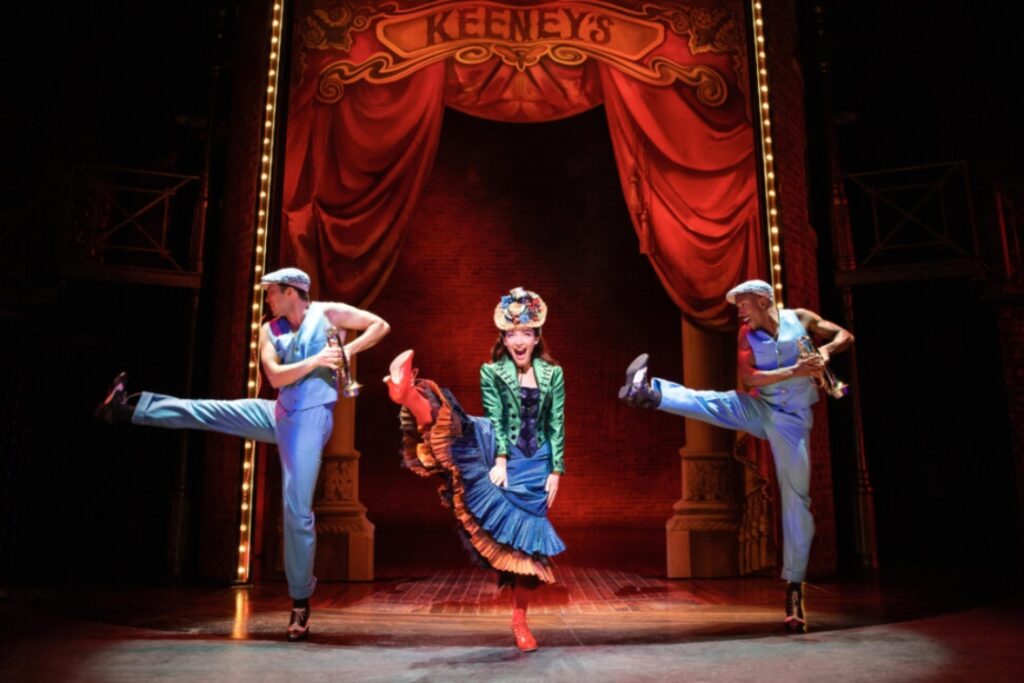
Having worked with Ellenore very recently, I can personally attest to the fact that, likely because her experiences and background made her consider what leadership and what community mean, Ellenore is a kind, generous, funny, empathetic, creative, but strong, confident, and firm leader. I always say that making pretty stage pictures or “good dance moves” (that about sums up my choreographic knowledge) or wonderful transitions (a director’s soft spot) is only half the battle when you’re creating a show and on the creative team. The other half is, in my opinion, personality management and leadership. Ellenore has figured that out to a tee, and all on her own terms.
Listen to our full episode here, where we also discuss process, Alvin Ailey, bad teachers and good teachers, Tik Tok, our favorite studio snacks, and so much more. Stay tuned for some more incredible Call Time guests in the coming weeks…we have a nice groove going after my hiatus, so thank you for bearing with me!


Leave a Reply